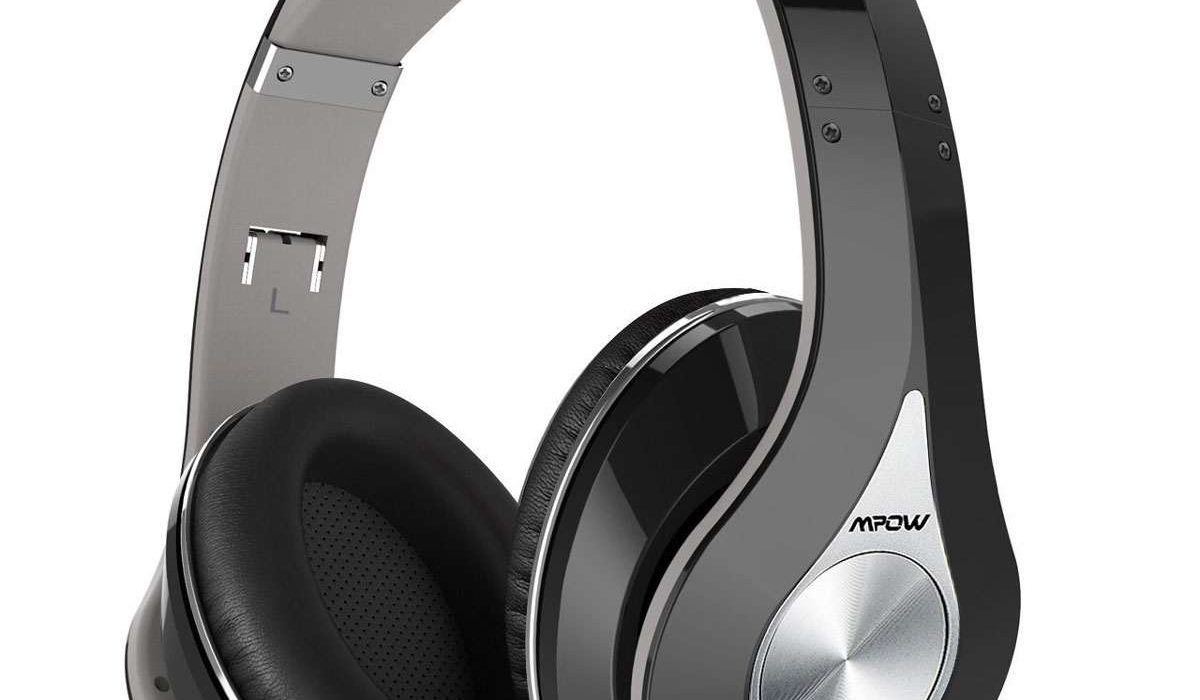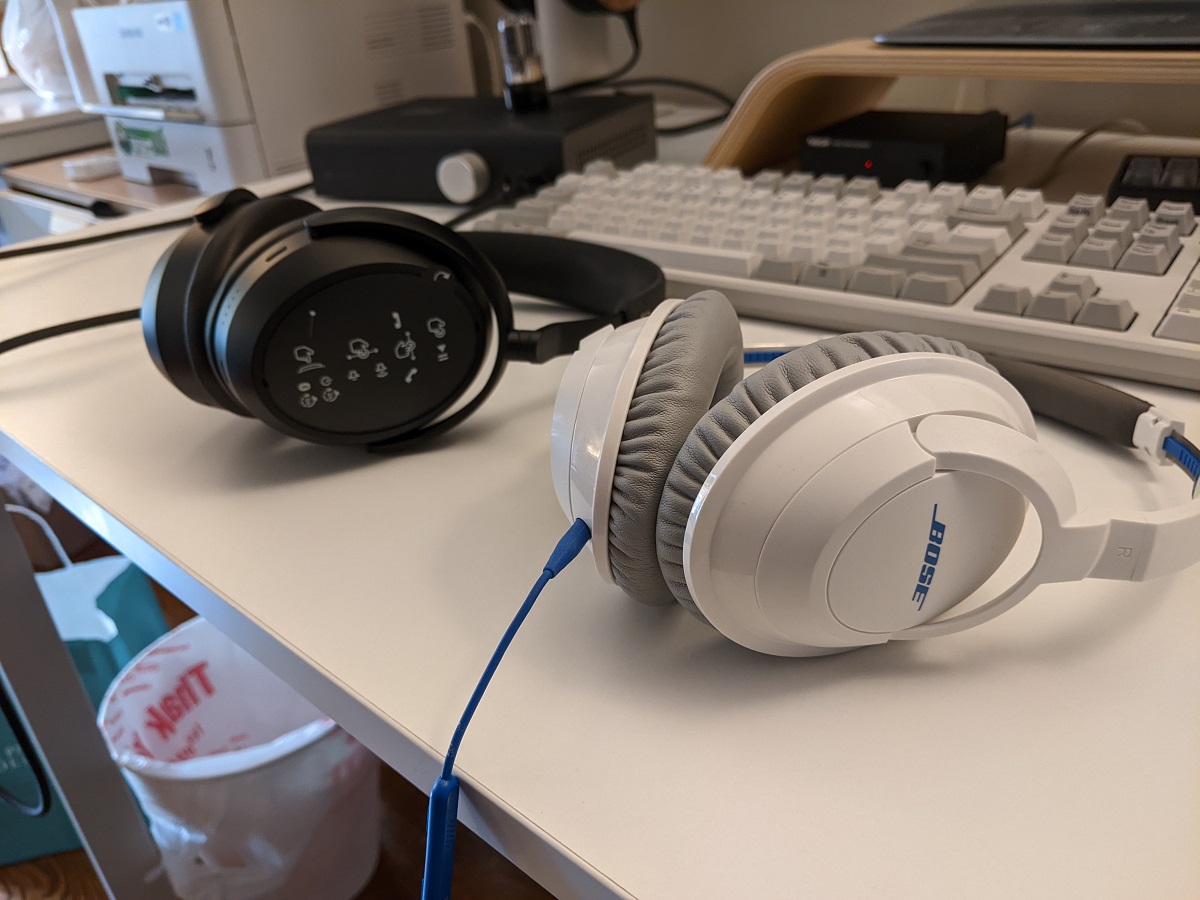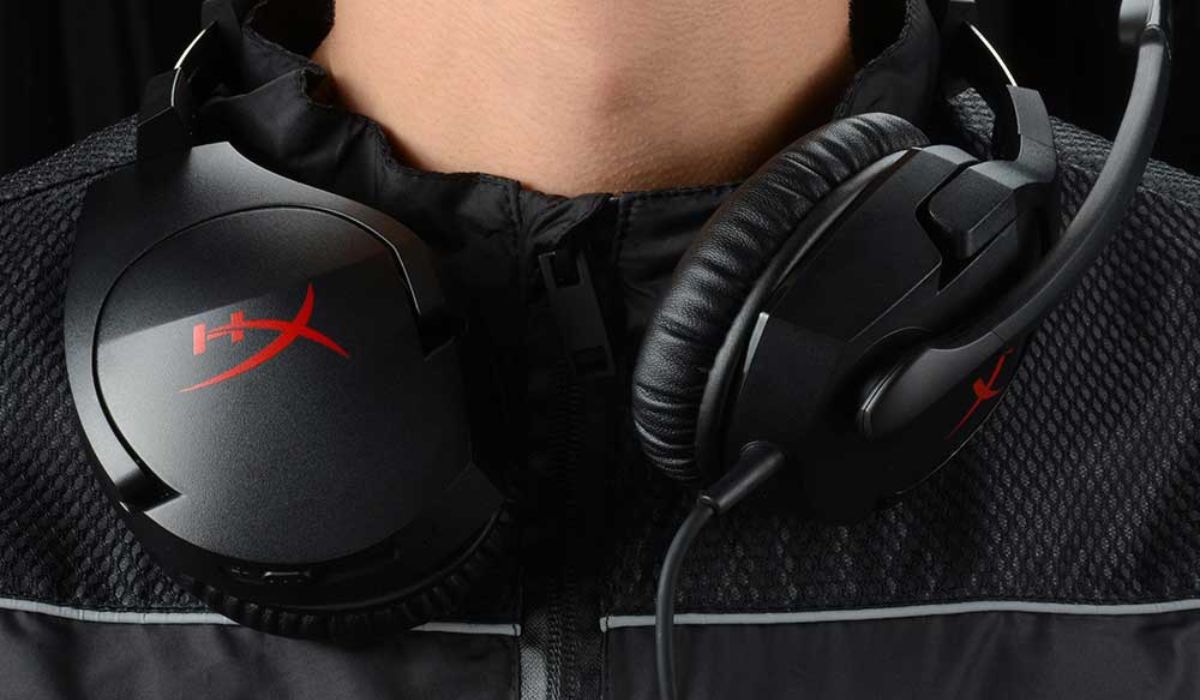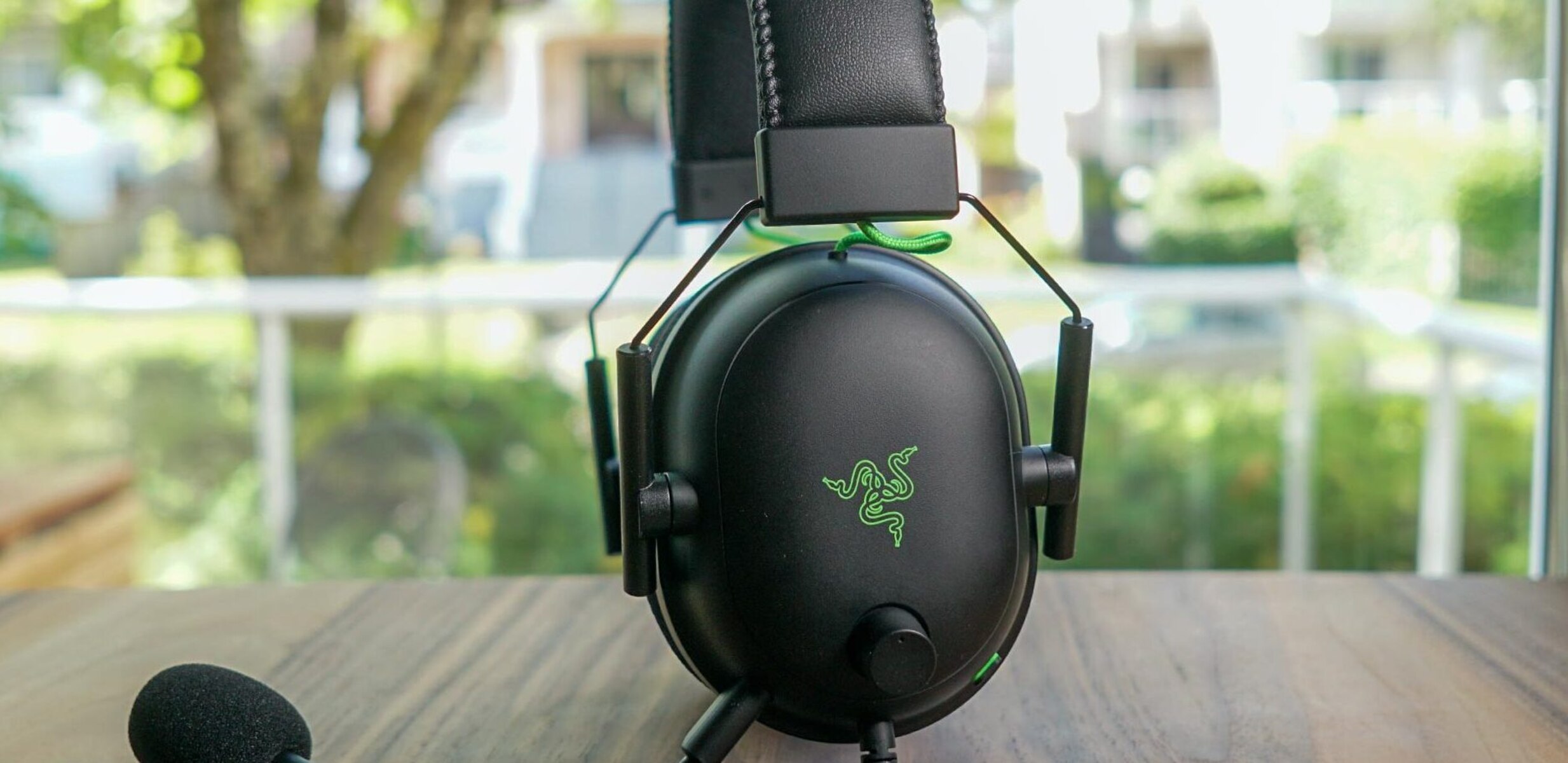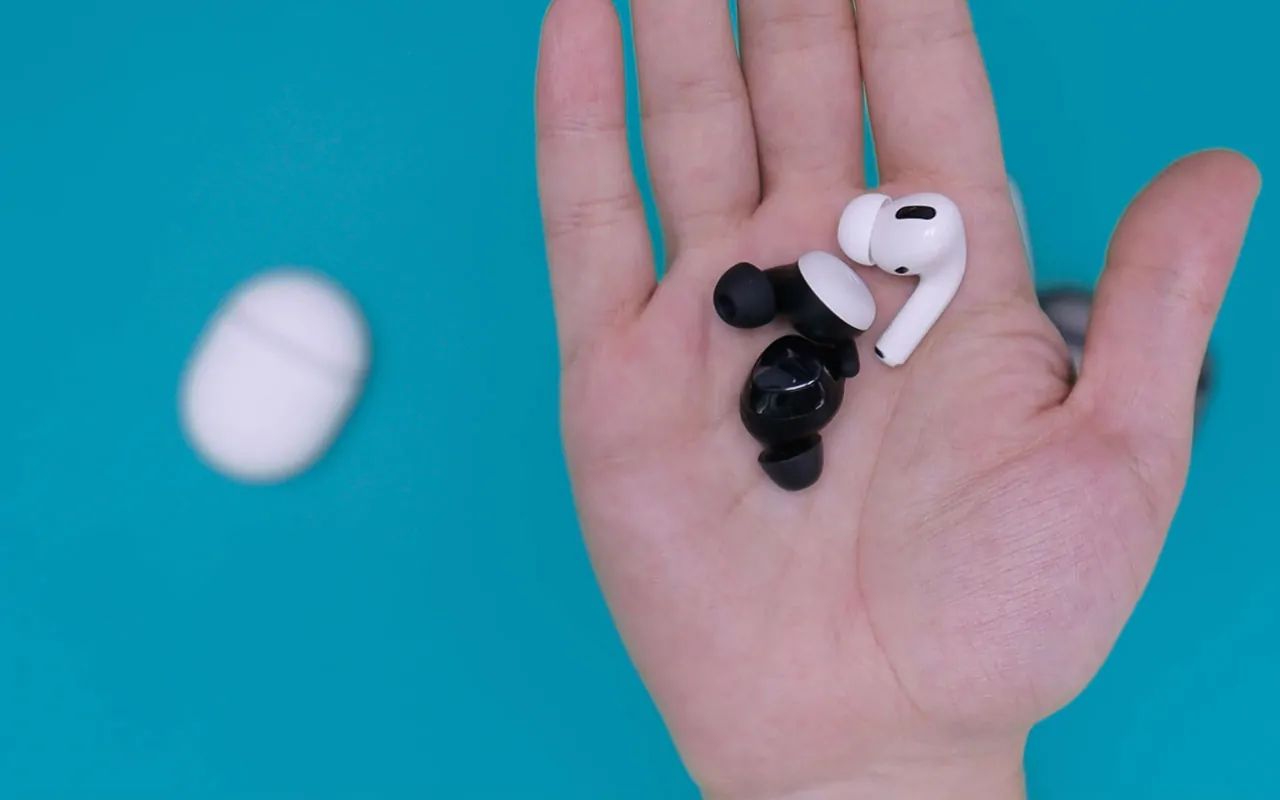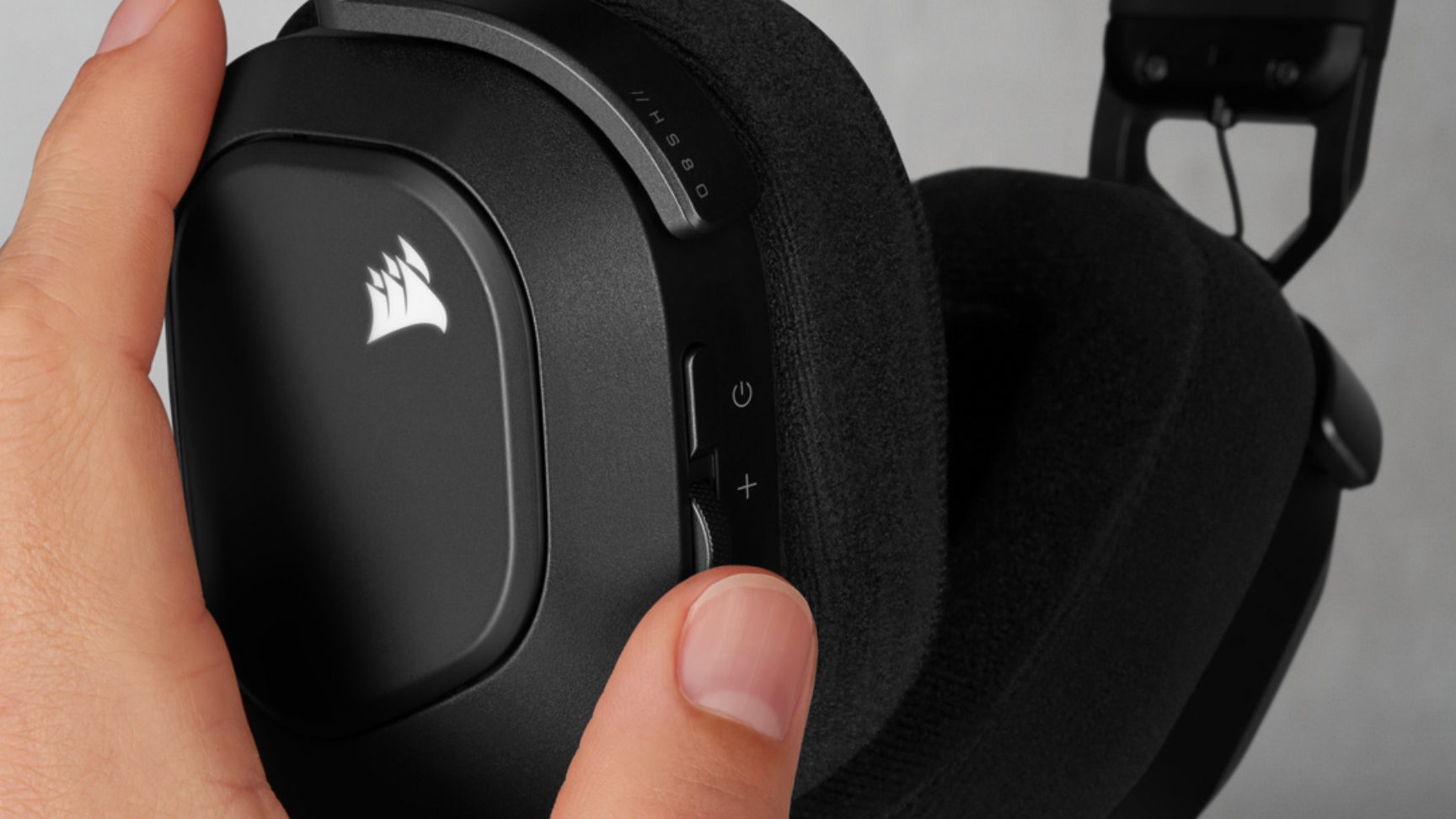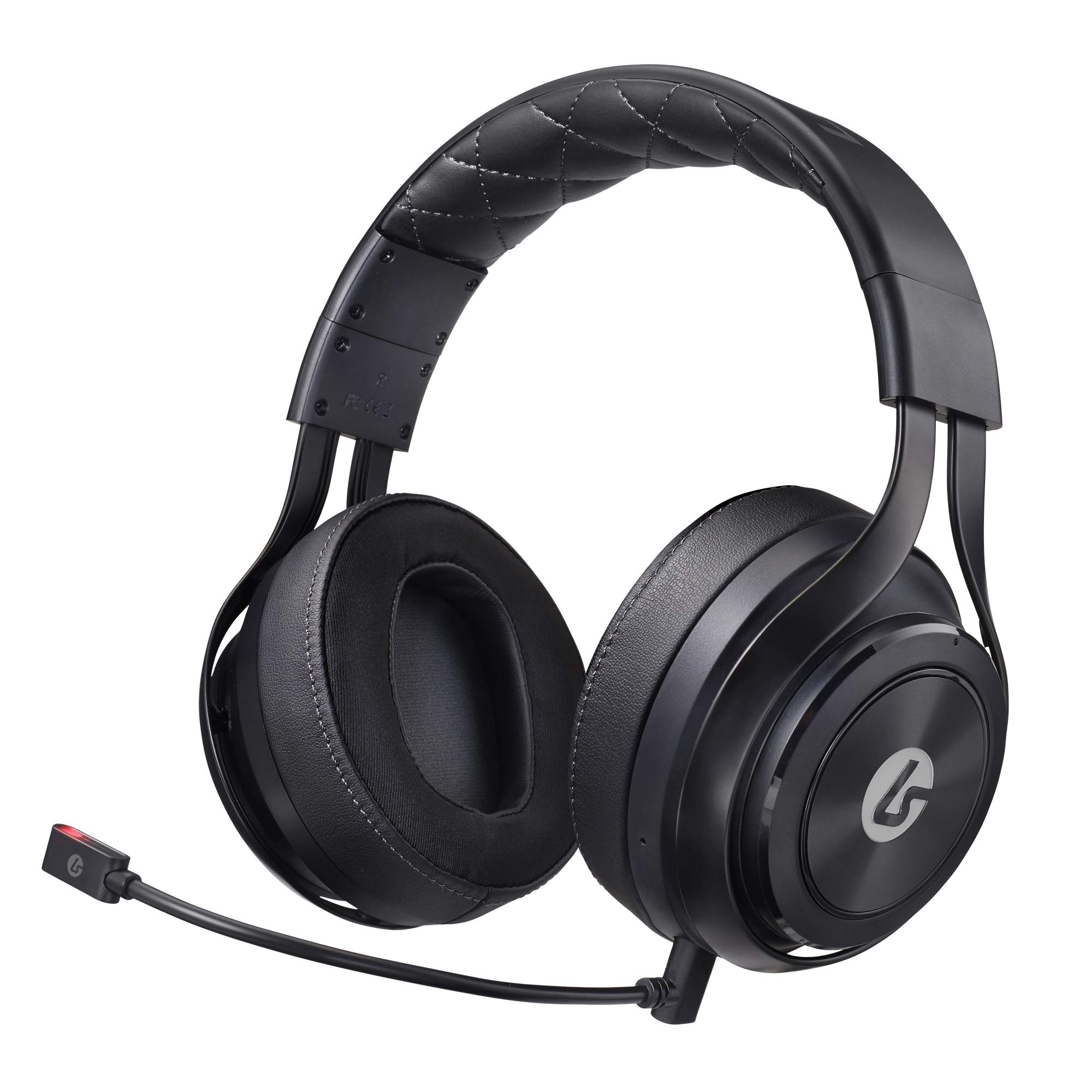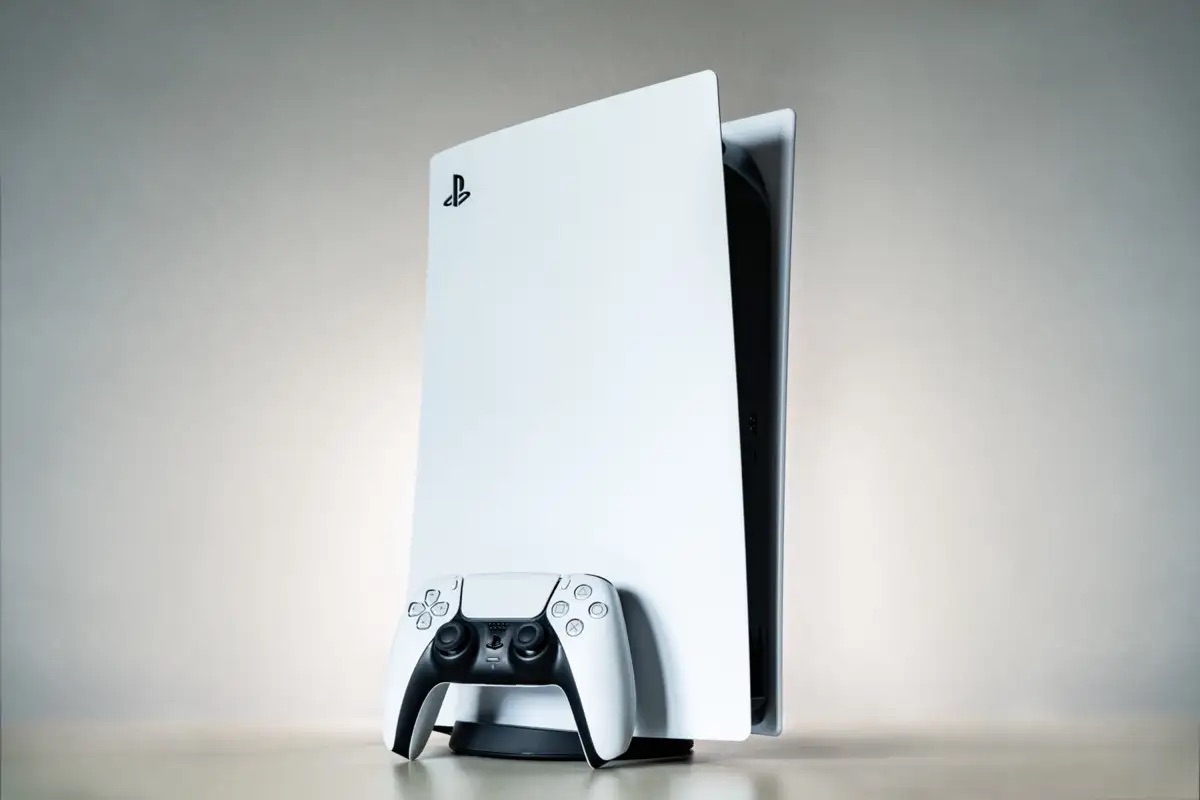Introduction
Encountering one-sided audio while using your headset can be an exasperating experience. Whether you're immersed in a captivating movie, engrossed in an intense gaming session, or simply enjoying your favorite tunes, the imbalance in audio distribution can disrupt your enjoyment. This common issue occurs when the audio is only audible in one ear or is significantly louder in one ear than the other. Fortunately, with a bit of troubleshooting and know-how, you can rectify this imbalance and restore symmetrical audio output to your headset.
In this comprehensive guide, we will delve into the intricacies of one-sided audio, shedding light on its underlying causes and providing effective solutions to address this dilemma. By understanding the factors contributing to this issue and learning how to troubleshoot and resolve it, you can regain the full auditory experience from your headset.
Whether you're a tech enthusiast, a dedicated gamer, or a music aficionado, the frustration of dealing with one-sided audio is a universal challenge. This guide aims to equip you with the knowledge and techniques necessary to tackle this issue head-on, empowering you to optimize your audio experience and enjoy seamless, balanced sound through your headset.
Join us as we embark on a journey to unravel the mysteries of one-sided audio, uncover the common culprits behind this imbalance, and explore the step-by-step process of troubleshooting and rectifying this vexing problem. By the end of this guide, you will possess the insights and expertise needed to conquer one-sided audio issues and elevate your audio immersion to new heights.
So, let's dive into the world of audio troubleshooting and embark on a quest to conquer the imbalance dilemma, ensuring that your headset delivers a harmonious auditory experience with balanced sound distribution.
Understanding One-Sided Audio
One-sided audio, also known as unbalanced audio, refers to a situation where sound is only audible in one ear or is significantly louder in one ear than the other. This issue can occur across various devices, including headphones, earbuds, and headsets, disrupting the immersive audio experience and diminishing the overall enjoyment of media consumption.
The imbalance in audio distribution can manifest in different forms, such as complete silence in one ear, faint or muffled sound in one ear, or a stark contrast in volume between the left and right channels. This disparity can be particularly frustrating, as it hampers the listener's ability to fully engage with the audio content, whether it's music, movies, podcasts, or gaming soundtracks.
Understanding the root causes of one-sided audio is crucial in effectively addressing this issue. It often stems from a combination of hardware and software factors, ranging from physical damage to the headset components to configuration settings on the connected device. Identifying the specific cause of the imbalance is the first step toward implementing targeted solutions to rectify the audio discrepancy.
Furthermore, one-sided audio can be attributed to issues within the audio signal chain, encompassing the source device, the audio cable or wireless connection, and the headset itself. Any disruption or malfunction at any point along this chain can lead to the manifestation of one-sided audio, necessitating a systematic approach to troubleshooting and resolution.
In essence, comprehending the intricacies of one-sided audio involves recognizing the multifaceted nature of audio transmission and reception, acknowledging the potential points of failure within the audio pathway, and discerning the impact of both hardware and software variables on the overall audio output.
As we navigate through the common causes and solutions for one-sided audio issues, we will unravel the complexities of audio imbalance, empowering you to diagnose and address this dilemma with confidence and precision. By gaining a deeper understanding of the nuances surrounding one-sided audio, you will be better equipped to embark on the troubleshooting journey and restore equilibrium to your headset's audio output.
Common Causes of One-Sided Audio
The occurrence of one-sided audio in headsets can be attributed to a variety of factors, encompassing both hardware and software elements. Understanding these common causes is pivotal in effectively diagnosing and resolving the imbalance dilemma. Let's delve into the prevalent culprits behind one-sided audio issues:
-
Faulty Audio Cable or Connection: A primary cause of one-sided audio stems from a damaged or faulty audio cable. If the cable connecting the headset to the audio source is frayed, kinked, or internally damaged, it can result in an imbalance in audio transmission. Similarly, loose or improperly connected cables can lead to incomplete audio signal transmission, manifesting as one-sided audio output.
-
Headset Damage or Wear: Physical damage to the headset components, such as the audio drivers or internal wiring, can lead to one-sided audio issues. Over time, wear and tear may degrade the integrity of the headset's internal components, resulting in imbalanced audio output. Additionally, issues with the headset's audio jack or connector can contribute to one-sided audio, necessitating thorough inspection and potential replacement of damaged parts.
-
Device Configuration and Settings: Incorrect configuration settings on the audio source device, such as a smartphone, computer, or gaming console, can lead to one-sided audio. Imbalanced channel settings, misconfigured audio output options, or software glitches within the device's audio settings can disrupt the symmetrical distribution of sound, resulting in one-sided audio playback.
-
Audio Source Compatibility: Incompatibility between the headset and the audio source device can lead to one-sided audio issues. Variations in audio output standards, impedance mismatches, or incompatible audio codecs may hinder the seamless transmission of audio signals, resulting in imbalanced sound distribution.
-
Software and Driver Issues: Outdated or corrupted audio drivers, as well as software conflicts within the operating system, can contribute to one-sided audio problems. Inadequate driver support, software bugs, or conflicts with third-party audio applications can disrupt the proper functioning of the audio output, leading to one-sided audio playback.
By recognizing these common causes of one-sided audio, you can embark on a targeted troubleshooting approach to identify the specific source of the imbalance and implement effective solutions to rectify the issue. Through meticulous examination of these potential culprits, you can gain valuable insights into the underlying factors contributing to one-sided audio and take proactive measures to restore balanced audio output to your headset.
Troubleshooting One-Sided Audio Issues
When faced with the vexing problem of one-sided audio in your headset, a systematic approach to troubleshooting is essential in identifying and resolving the underlying issues. By following a structured troubleshooting process, you can pinpoint the root cause of the imbalance and implement targeted solutions to restore symmetrical audio output. Here's a comprehensive guide to troubleshooting one-sided audio issues:
-
Inspect the Audio Cable: Begin by examining the audio cable connecting your headset to the audio source. Check for any signs of physical damage, such as fraying, kinks, or exposed wiring. If the cable appears compromised, consider replacing it with a new, high-quality audio cable to ensure uninterrupted signal transmission.
-
Test with Alternative Devices: To rule out compatibility issues, test your headset with alternative audio source devices. Connect the headset to a different smartphone, computer, or audio playback device to determine if the one-sided audio issue persists across multiple platforms. This step can help identify whether the problem is specific to the original audio source.
-
Clean the Audio Jack and Connectors: Ensure that the audio jack and connectors on both the headset and the audio source device are free from debris, dust, or obstruction. Use a gentle, dry cloth or compressed air to clean the connectors, as accumulated debris can impede proper audio transmission and contribute to one-sided audio problems.
-
Adjust Audio Balance Settings: If your audio source device offers audio balance settings, verify that the left and right audio channels are evenly balanced. Navigate to the device's audio settings and adjust the balance slider to ensure symmetrical sound distribution. This step can rectify any inadvertent misconfigurations that may be causing the one-sided audio imbalance.
-
Update Audio Drivers and Firmware: Check for updates to the audio drivers or firmware associated with your headset. Visit the manufacturer's website or utilize dedicated software to ensure that you have the latest drivers and firmware installed. Outdated drivers or firmware can lead to compatibility issues and one-sided audio discrepancies.
-
Reboot and Reset Devices: Perform a reboot of both the audio source device and the headset. Power cycling the devices can resolve temporary software glitches and restore normal audio functionality. Additionally, if your headset features a reset function, follow the manufacturer's instructions to reset the headset to its default settings.
-
Seek Professional Assistance: If the one-sided audio issue persists despite thorough troubleshooting, consider seeking assistance from the manufacturer's support team or a qualified technician. They can provide specialized diagnostics and repair services to address underlying hardware or software issues that may be causing the audio imbalance.
By methodically navigating through these troubleshooting steps, you can effectively diagnose and address one-sided audio issues, ensuring that your headset delivers balanced and immersive audio output. This structured approach empowers you to tackle the imbalance dilemma with confidence, ultimately enhancing your audio experience and restoring equilibrium to your headset's sound reproduction.
Fixing One-Sided Audio in Your Headset
Rectifying one-sided audio in your headset involves a systematic approach to addressing the underlying causes and implementing targeted solutions to restore balanced sound reproduction. By delving into the intricacies of audio hardware, software configurations, and connectivity issues, you can effectively navigate the path to resolving the imbalance dilemma and reclaiming symmetrical audio output from your headset.
Cable Replacement and Maintenance
If a faulty audio cable is identified as the culprit behind the one-sided audio, replacing it with a high-quality, compatible alternative is a fundamental step in restoring balanced audio transmission. Opt for a durable, tangle-free audio cable that ensures reliable connectivity and uninterrupted signal transmission between your headset and the audio source.
Headset Inspection and Repair
Thoroughly inspect the physical components of your headset, paying close attention to the audio drivers, internal wiring, and connector integrity. If damage or wear is detected, consider seeking professional repair services or utilizing manufacturer-approved replacement parts to restore the headset's audio functionality. Additionally, cleaning the audio jack and connectors can eliminate potential obstructions and enhance signal clarity.
Device Configuration and Settings Adjustment
Navigate to the audio settings on your source device and verify the balance settings to ensure even distribution of sound between the left and right channels. Adjusting the balance slider or configuring the audio output options can rectify any misconfigurations that may contribute to one-sided audio playback, restoring equilibrium to the headset's audio output.
Firmware and Driver Updates
Check for updates to the audio drivers and firmware associated with your headset. Installing the latest driver and firmware versions provided by the manufacturer can address compatibility issues and software-related audio imbalances, ensuring optimal performance and seamless audio reproduction.
Compatibility Verification
Confirm the compatibility of your headset with the audio source device, taking into account factors such as impedance, audio codecs, and output standards. Ensuring compatibility between the headset and the source device can mitigate potential discrepancies in audio transmission, fostering balanced sound reproduction.
Professional Assistance
In cases where persistent one-sided audio issues defy conventional troubleshooting methods, seeking assistance from the manufacturer's support team or a qualified technician is advisable. Professional diagnostics and repair services can pinpoint underlying hardware or software issues, offering specialized solutions to restore symmetrical audio output to your headset.
By employing these targeted strategies and solutions, you can effectively address one-sided audio issues in your headset, elevating your audio experience and ensuring seamless, balanced sound reproduction across both earpieces. This proactive approach empowers you to conquer the imbalance dilemma and enjoy immersive audio immersion through your revitalized headset.
Conclusion
In conclusion, the vexing issue of one-sided audio in headsets presents a multifaceted challenge that spans hardware, software, and connectivity domains. Through our exploration of this imbalance dilemma, we have gained valuable insights into the common causes of one-sided audio, the systematic troubleshooting process, and the targeted solutions to rectify this issue. By unraveling the complexities of audio imbalance and delving into the intricacies of headset functionality, we have equipped ourselves with the knowledge and techniques necessary to conquer this challenge with confidence and precision.
The journey to address one-sided audio begins with a comprehensive understanding of the factors contributing to this imbalance. Whether it's a faulty audio cable, headset damage, configuration misalignments, or compatibility issues, recognizing these potential culprits is pivotal in devising a tailored approach to resolution. Our troubleshooting guide has provided a structured framework for diagnosing one-sided audio issues, encompassing cable inspection, device compatibility testing, software adjustments, and firmware updates. By methodically navigating through these steps, we have empowered ourselves to identify and address the root causes of audio imbalance, paving the way for a harmonious auditory experience.
Furthermore, our exploration of targeted solutions has shed light on the pivotal role of cable maintenance, headset inspection, device configuration adjustments, and firmware updates in restoring balanced audio output. By implementing these solutions with diligence and precision, we can effectively mitigate the impact of one-sided audio and revitalize the immersive potential of our headsets. Whether it's replacing a faulty cable, seeking professional repair services, or ensuring compatibility between devices, these strategies enable us to reclaim symmetrical sound reproduction and elevate our audio experience to new heights.
In essence, the journey to conquer one-sided audio in headsets transcends mere troubleshooting; it embodies a quest for audio equilibrium and immersion. Armed with the knowledge and techniques gleaned from our exploration, we are poised to navigate the complexities of audio imbalance with confidence and precision, ensuring that our headsets deliver a seamless, balanced auditory experience across both earpieces.
As we conclude this journey, we emerge with a newfound understanding of one-sided audio and the proactive measures required to address this imbalance. By harnessing the power of troubleshooting, targeted solutions, and a steadfast commitment to audio excellence, we can transcend the challenges of one-sided audio and revel in the symphony of balanced sound emanating from our revitalized headsets.







